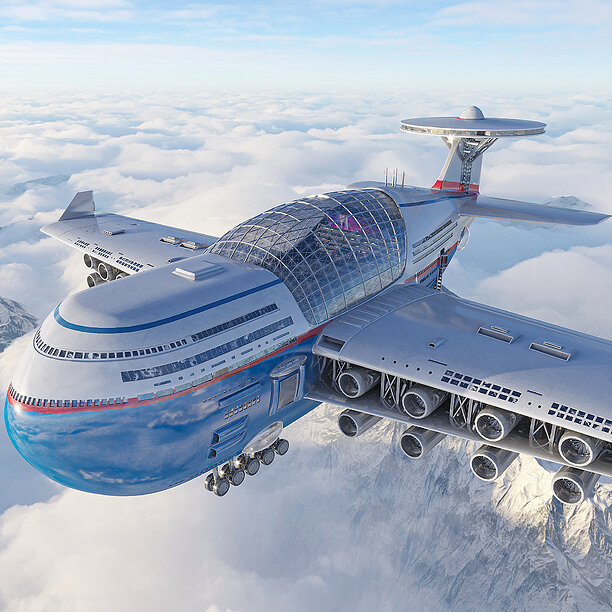maxmablendobj
 airplane
airplane plane
plane military
military jet
jet military aircraft
military aircraft commercial
commercial commercial aircraft
commercial aircraft air
air airliner
airliner fighter
fighter vehicle
vehicle passenger
passenger jet plane
jet plane propeller
propeller war
war helicopter
helicopter historic
historic boeing
boeing flight
flightFile formats
Price
Custom price range
Type
Poly count
Custom poly-count range
Aircraft 3D models
In our hangar you will find 3D aircraft models from CG airplanes to drones that will elevate your simulations, videos and advertisements. Fully rigged airborne models are ready to jet off into your next game or animation project. Compatible with all 3D software our assets ensure your journey flies smoothly.
blendabcobjfbx
PBR
objfbxblend
PBRRig
lwoc4dhrc3ds
Rig
max3dsc4dobj
maxjpgmafbx
PBR
blendfbxgltfobj
PBRL-Poly
maxc4d3dsma
max3dsc4dfbx
maxfbxobjma
max3dslwoobj
Anim
blendmelobjc4d
PBR
max3dsc4dobj
AnimRig
blendobjfbxuasset
PBRRigL-Poly
mamaxblendfbx
PBRL-Poly
fbx3dsblendobj
PBRL-Poly
blendspptbsceneobj
PBRL-Poly
max3dsc4dfbx
maxfbxobj
maxmaobjblend
PBRL-Poly
maxc4dma3ds
maxfbxmac4d
maxfbxobjblend
mamaxjpgpng
PBR
maxfbxobjc4d
maxmaabcjpg
PBRL-Poly
c4dlwomax3ds
Rig
maobjfbxmax
PBRL-Poly
3ds3dmmac4d
PBR
mamaxobjfbx
PBRL-Poly
3dsfbxmaxblend
maobjfbxmax
PBRL-Poly
fbxmaunitypackagemat
AnimPBRL-Poly
blendfbxtbscenespp
PBRL-Poly
max3dsobjlwo
Anim
fbx3dsc4dblend
AnimPBRRigL-Poly
maxobjmafbx
PBR
blendobjsppfbx
AnimPBRRigL-Poly
maxfbxpngma
AnimRig
maxuassetfbx
PBRL-Poly
35372 items
Per page:
Can't find what you're looking for?

Hire 3D FreelancerYou'll have the opportunity to collaborate directly with skilled 3D designers on a wide range of custom projects, including 3D printing and animation.Simply submit a project description and receive price quotes from different designers, allowing you to select the most fitting one for your needs.

Order 3D ModelsSimply upload your images or share your requirements, and we'll take care of the rest. Our internal quality assurance ensures you receive exactly what you ordered.Choose between two workflows tailored to your needs:
- GLB & FBX models with PBR materials optimized for WebGL.
- 3ds Max high-poly models perfect for rendering, complete with files and automatic white background renders.








































